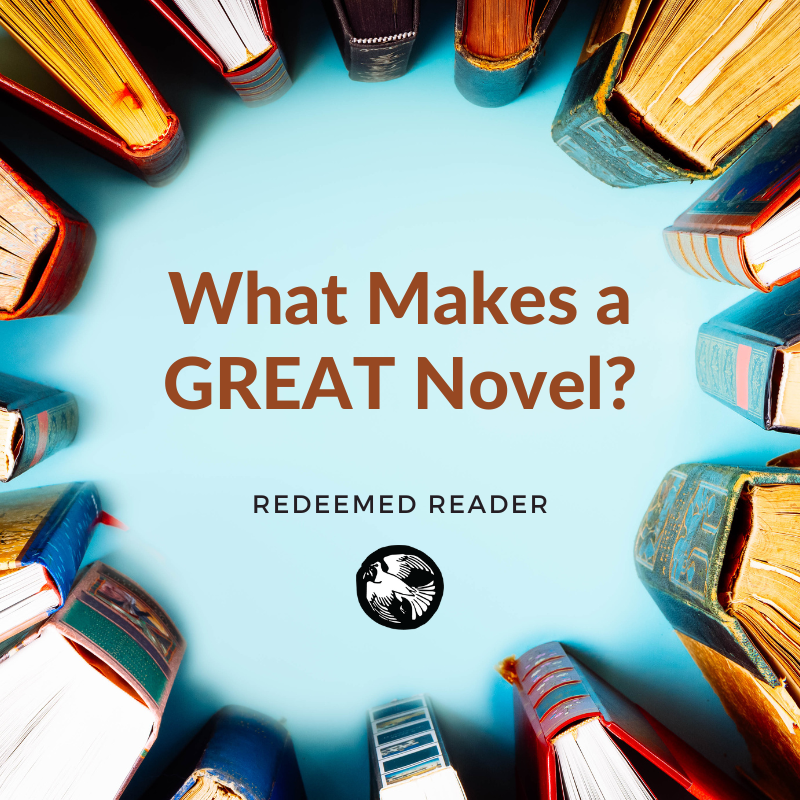When was “The Novel” as a literary form invented?
The answer is, it wasn’t.
The type of long-form fiction we call a novel was not invented but developed over time with many steps along the way. Epic poetry like Homer’s, satires like Ovid’s, and royal romances like The Tale of Genji (from Japan) have been around since ancient times. Many years ago I read an article by James Michener (big bestseller in his time; almost forgotten now) where he characterized the Bible as the first great historical novel. He kind of missed that God is the protagonist. But even if long-form fictional stories have existed since ancient times, and deserve to be called “novels,” most literary historians agree that it took an author named Cervantes, and a work called Don Quixote, to open a path to “the modern novel” in its many forms and genres.

From Cervantes to Dickens
Don Quixote was a different kind of fictional character: someone recognizable as a real person in spite of obvious quirks. Likewise, when Daniel Defoe began publishing a series of chapters about one Robinson Crusoe in 1711, readers thought Crusoe was an actual person recounting his adventures. Such realism in fiction was largely unknown at the time, and the audience wasn’t sure what to make of it. Samuel Richardson’s Pamela, or Virtue Rewarded (1740), Henry Fielding’s History of Tom Jones, Foundling (1749), and Oliver Goldsmith’s The Vicar of Wakefield (1766) provided significant stepping stones along the way, for all of them featured ordinary people living in a recognizable, if slightly exaggerated society. My favorite of this crop is The Vicar, though if you’re interested in a wild ride, try The Life and Opinions of Tristram Shandy, Gentleman (1764) by Laurence Sterne. (Experimental fiction isn’t new).
Charles Dickens did as much as anybody to make novels the most popular form of literature in the 19th century, and so they remain today. Dickens was both a brilliant practitioner and a smart publicist. Most of his novels were first published in serial form in his own newspapers, so readers had to wait for each new chapter. It’s said that Americans crowded the docks from Boston to Charleston when ships from England arrived, almost frantic to read the latest installment. (Eager readers of The Old Curiosity Shop cried out, “Is little Nell dead?” as soon as the ship bearing newspapers sailed within earshot.)
What Makes a “Novel”?
Allowing for many genres, genre blends, and experimental forms, what makes a novel is a plot with a recognizable arc, a set of characters acting over time, and a unified theme. But what makes a great novel? Ask the literary woman on the street (the majority of novel-readers have always been female), and she’s likely to say relatable characters, engrossing plot, and so on.
Is it all subjective? One reader’s GREAT! is another reader’s “meh”—spend an afternoon browsing Amazon reader reviews if you doubt me—but I think it’s possible to isolate certain elements that contribute to a work of true literary excellence. This list by Chip MacGregor and Susan May Warren (Christian literary agent and Christian author, respectively) strikes a chord with me. A truly great novel should have:
- Heroism: characters, especially the protagonist, perform actions that may not be conventionally heroic, but require them to step out of their comfort zone and overcome obstacles within and without. Notice how a very reluctant Bilbo Baggins steps up to the plate in The Hobbit.
- Sacrifice: characters give up something important to them, whether comfort or treasure or life itself, to supply the need of someone else. Remember how the busy little spider Charlotte expends her last store of energy to save her friend Wilbur.
- Redemption: characters go through difficult circumstances that hammer them into better people, or remove the shame of past failures. There’s no better example of this than Ebeneezer Scrooge, in A Christmas Carol.
- Justice: goodness wins. As it ultimately does, after lots of twists and turns over seven long volumes of Harry Potter.
Sound familiar?
As many writers have pointed out, these are precisely the elements of the Greatest Story Ever Told. Here’s Dan DeWitt, in Jesus or Nothing (italics added):
It seems that all our great stories point this way. They all voice our yearning for redemption from the suffering in our world. Our most beloved epics usually center on a heroic figure who makes the ultimate sacrifice to purchase our liberation. From apocalyptic films like I Am Legend to historical fiction like Saving Private Ryan there is something about redemptive themes that resonates with humanity. And this is the paradoxical yet precious claim of the Christian narrative: God has entered time and space to suffer in our place.
And because Justice is satisfied, goodness ultimately wins.
Here’s something to think about this season while celebrating The Story: list your three favorite novels. How many of the four elements does each exhibit? Is that what you like about them? (Tell us in the comments!)
Related Reading at Redeemed Reader:
- A Reflection: Truth and Story (another way to think about this idea)
Support our writers and help keep Redeemed Reader ad-free by joining the Redeemed Reader Fellowship.
Stay Up to Date!
Get the information you need to make wise choices about books for your children and teens.
Our weekly newsletter includes our latest reviews, related links from around the web, a featured book list, book trivia, and more. We never sell your information. You may unsubscribe at any time.
We'd love to hear from you!
Our comments are now limited to our members (both Silver and Golden Key). Members, you just need to log in with your normal log-in credentials!
Not a member yet? You can join the Silver Key ($2.99/month) for a free 2-week trial. Cancel at any time. Find out more about membership here.

